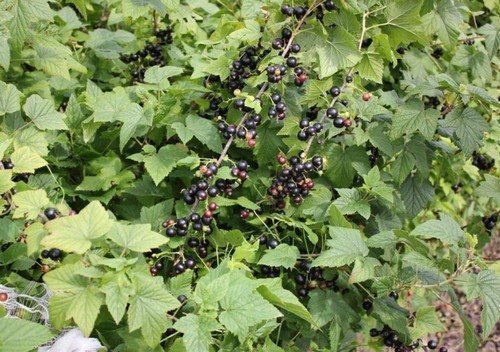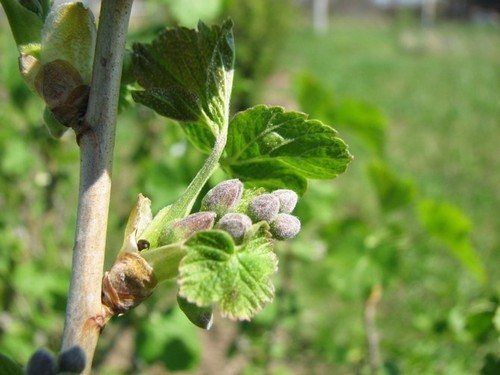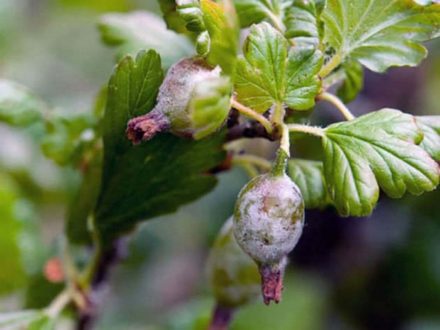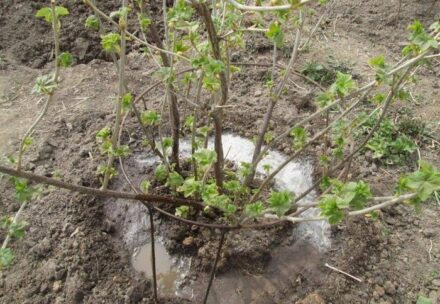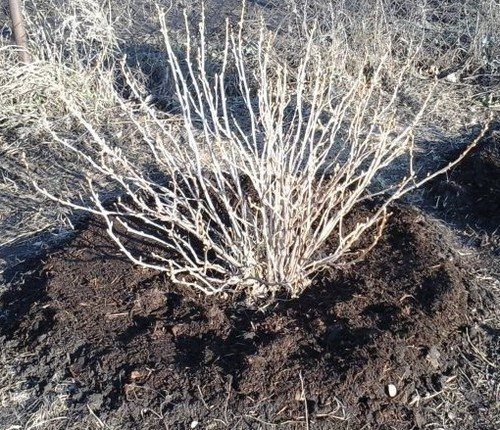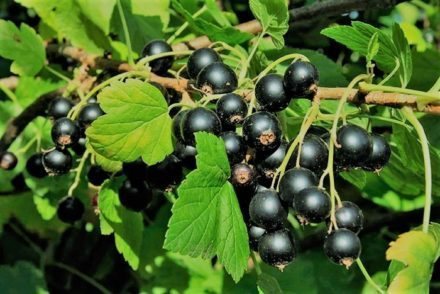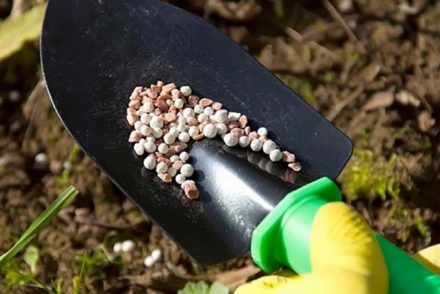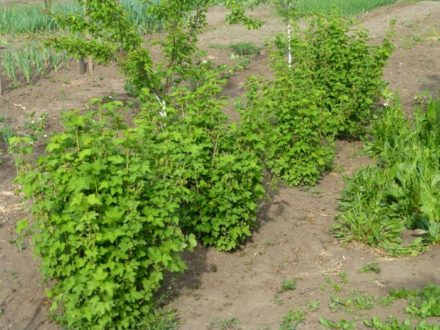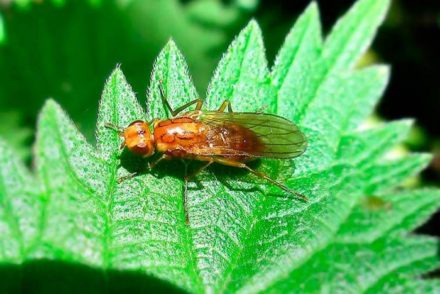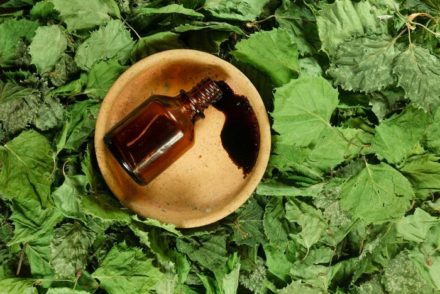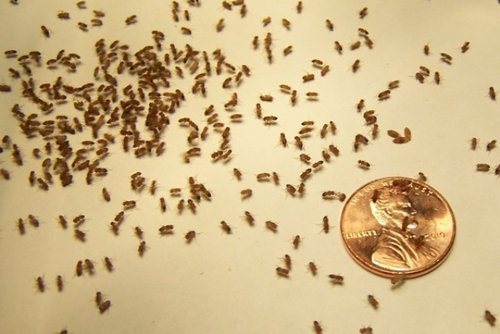Currants can be attacked by various pests, one of them is the leaf roller. It is not the butterflies themselves that pose a danger to plants, but their larvae. Adult pests are capable of laying up to 100 eggs per month. The caterpillars that emerge from the clutch grow quickly, gnawing off foliage and destroying buds. Then the pest rolls the leaf into a tube and glues it together, building a “house” for itself. The fight against butterflies is carried out during their summer in April-May. If the pest manages to lay eggs, its number in the area will increase sharply.
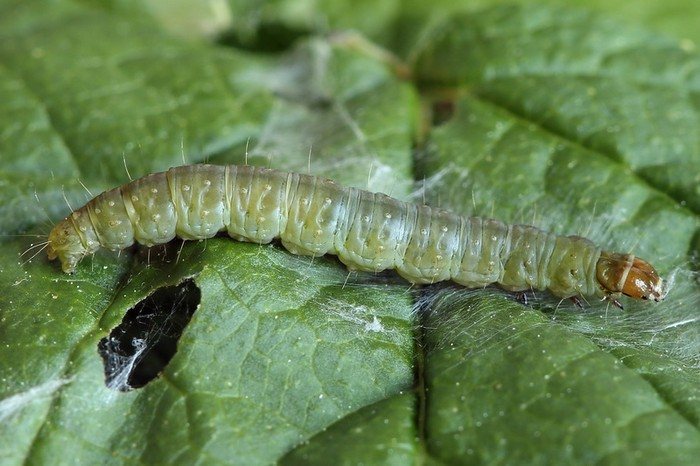
Methods of pest control
You can fight butterflies and leaf roller caterpillars in different ways. Since the harvest in late spring is still far away, it is permissible to use industrial insecticides. Opponents of chemistry are more satisfied with biological drugs and folk remedies. You can get rid of a small amount of leaf rollers mechanically.
Application of pesticides
To cope with the leaf roller, choose industrial means of systemic action. Such drugs fight pests using two ways. The poison penetrates the insect’s body through its integument, acting through contact. At the same time, the insecticide enters the leaf tissue. The caterpillars begin to feed on the poison and then die.
The following drugs are effective against leaf rollers (dosage is indicated per 10 liters of water):
- "Aktara" - 1 g;
- “Binom” – 10 ml;
- “Alatar” – 10 ml;
- “Landing” – 10 ml.
Insecticides should not be used when currants are in bloom.Spraying with chemicals is completely stopped a month before fruiting. In case of severe infestation, pesticides are used to the detriment of the crop in order to preserve the life of the bush.
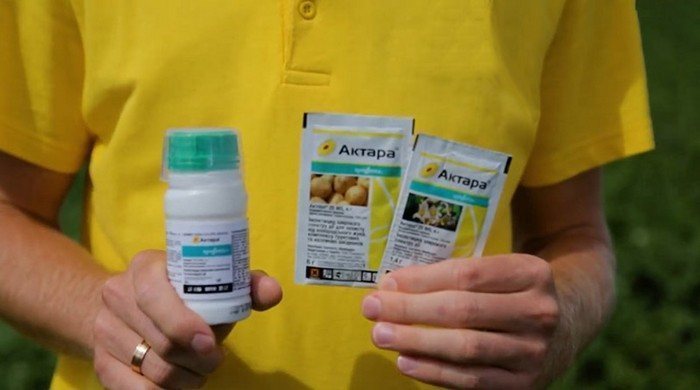
Use of biological products
Biological preparations have a milder effect and are safe from an environmental point of view. Such products are developed based on the waste products of special fungi and bacteria. Another advantage of biological products is that they can be used at any stage of the currant growing season; they do not affect the quality of flowering and fruiting.
This group includes the following products (the dosage is indicated per 10 liters of water):
- “Bitoxibacillin” – 80-100 g;
- “Fitoverm” – 20 ml;
- "Lepidocid - 30 g.
To begin with, the culture contained in the preparation must be activated. The prescribed dose is diluted in warm water and kept for some time (according to the instructions). Then add 2 tbsp to the solution. l. detergent to ensure adhesion to leaves. Biological products are used in the morning, when the caterpillars are most active.
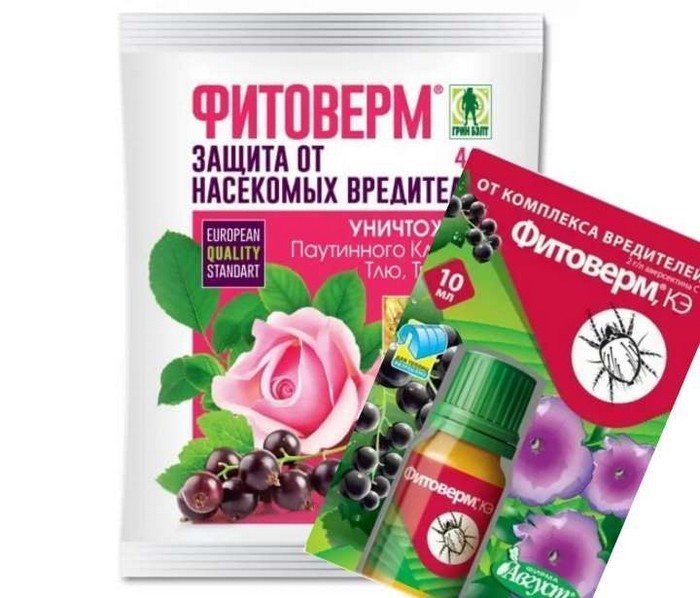
Choice of folk remedies
Among folk remedies, plant extracts are effective. Helps against leaf roller:
- Infusion of wormwood. Fresh grass is chopped and the bucket is filled halfway with it. Then the raw material is filled with water and allowed to brew for 2-3 days. After this, the infusion is boiled for half an hour. Before use, it is filtered and diluted with an equal amount of water.
- Infusion of tobacco. Prepare a mixture of 2 cups of tobacco dust per 10 liters of hot water. The product should sit for two days. Before spraying, the liquid is filtered and diluted with water in a 1:1 ratio.
- Garlic infusion. A medium-sized head of garlic is used as a raw material.The cloves are cleaned, crushed and filled with 1 liter of warm water. The composition should be infused under the lid for 6-7 days. Before you start spraying, the resulting concentrate is diluted (50 ml of infusion in 10 liters of water). You can use onions instead of garlic.
Any strong-smelling substance will scare away leaf roller butterflies. These can be citrus fruit peels, wormwood, tansy, tomato and potato tops, elderberry, mint, dill. Before spraying the currants, add grated laundry soap or liquid detergent to the solution so that the composition stays on the leaves longer.

Mechanical destruction
Tearing off the leaves inside which the pest is hidden is a simple but effective way to combat the leaf roller. The rolled leaves are torn off with your fingers and placed in a high container. Later, the collected pests are burned.
The method is suitable if the infection has not reached catastrophic proportions. It is also used when berries have formed on the bushes and spraying with preparations is not suitable. You can hang bird feeders in the garden; the flocked birds willingly eat the caterpillars on the site.
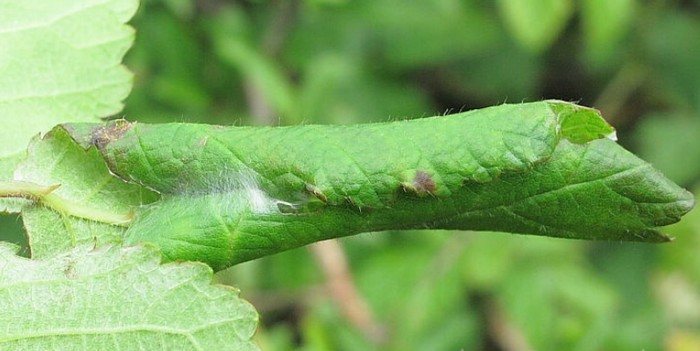
To interrupt the life cycle of the pest, in the fall the bushes are cleared of old leaves and plant debris is raked out from under them. The soil in the root zone is dug up to destroy places where insects accumulate before wintering. In the spring it will be necessary to spray the bushes with insecticides. Work is carried out when it warms up to + 10 °C outside, at which time pests crawl out of their winter shelters.


